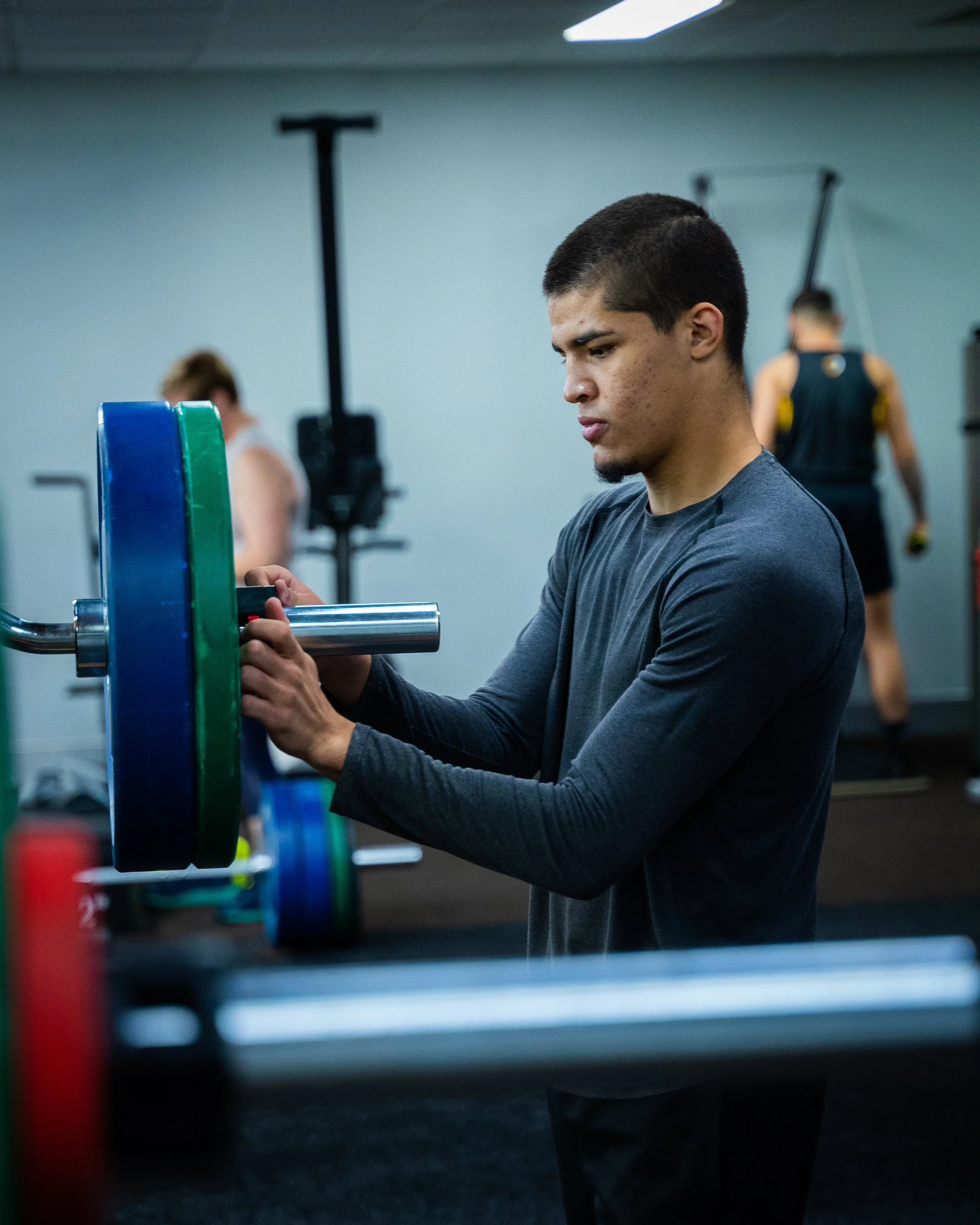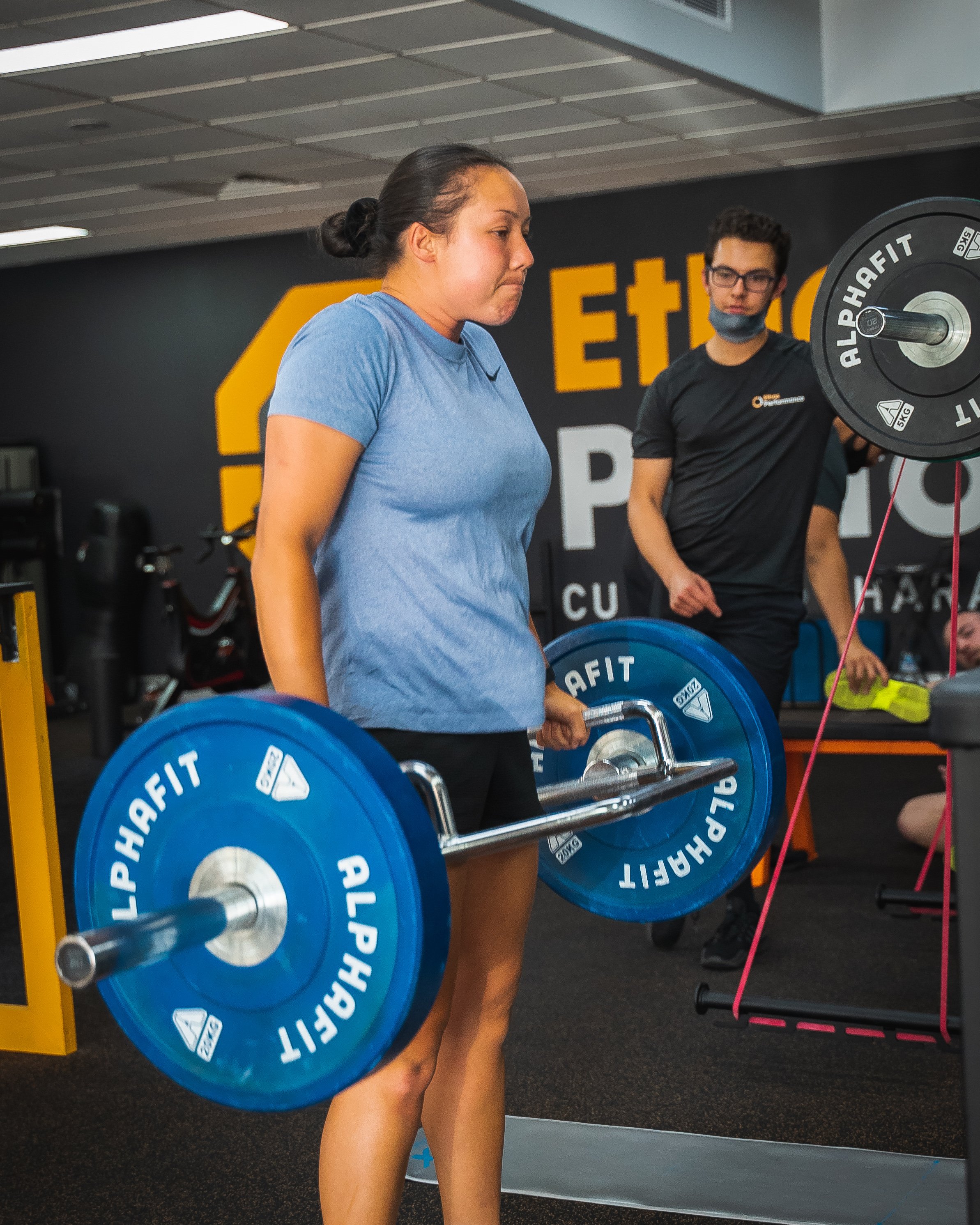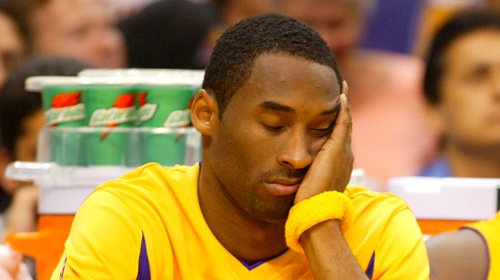Want to know how to the apply a strategic break in your training to allow your body to adapt and recover effectively.? Read this blog to find out how to implement this into your annual training plan.
Read MoreWhen combat athletes are in camp, one of the key objectives is to get them through to the fight so they can compete. During camp, combat athletes are aiming to get to a specific weight by fight week.
Read MoreThis blog is going to discuss some of the sports science processes at ETHOS and the frameworks we use to deliver sports science services to our athletes.
Read MoreAt Ethos, we use a variety of conditioning (both on and/or off-feet) methods to get our athletes competition ready. Prescribing conditioning can get confusing at times, so this blog will highlight some guidelines on getting the most out of each session and what parameters to abide by.
Read MoreIn the previous sections, we have discussed the interplay between oxygen delivery and utilisation and also looked at how we identify these physiological limitations using the “RECOVERY INTENSITY PROFILE” (RIP) TEST.
Now we’re going to talk about how we can train these limitations.
Read MoreThis blog is a guide on how to identify physiological limitations using NIRS devices.
Read MorePunching is a tool that is used amongst most striking disciplines within combat sports. This ranges from kickboxing, Muay Thai, karate and most noticeably within boxing. As a result, it is important for these athletes to prioritise keeping their shoulders healthy in order to sustain the work loads that are performed while training.
Read MoreTradtionally, the sports performance field had come to a general consensus that there is both an aerobic and anaerobic system. However, once you use NIRS devices you realise that perhaps this is not the best way to describe energy systems. Of course, conditioning using this energy systems model have been effective but there’s probably a better way to categorise this and hence why if you follow us, you would have noticed that we have noticed a recent change in how talk about conditioning and also how we assess “energy systems” for our athletes.
Read MoreVBT technologies give you instant feedback on how fast the bar moved. It goes without saying that you must modify the load used to focus on different qualities.
Read MoreReading this, as a coach or parent, you might be excited at the idea of propelling your son, daughter, niece or nephew’s performance in a space like ours! And if you are, I’m glad to hear it, but in this blog I want to communicate an extremely important caveat to this excitement
Read MoreOne of the craziest things, for someone as young as myself, is how crazy it is to be exposed to some of the best athletes in the world so regularly. Some of the most well known athletes in the world have trained right in front of my eyes and I’ve even been their coaches. What I am so extremely grateful for, is being able to learn from them
Read MoreAgility training is poorly understood and, from what I can see on Instagram, poorly implemented. If you finish reading this blog and feel like someone should’ve told you this sooner, you’re right.
Read Moreif you start planning backwards from dream goal, the vision becomes a lot clearer, and you can put into action the steps necessary to get there. Read this blog to learn more about how this approach can help you achieve success in your career.
Read MoreFor athletes looking to up their performance through gym work, there’s a strong reason that the interesting, fun and flashy exercies on Instagram and Tik Tok hits it big and catches the eyes of athletes everywhere…
Read MoreAgility is one of the most important qualities for an athlete. Not because having fast feet makes you fast, but because you might be missing important components of agility that could propel your performance.
Read MoreDid you know that sleep takes up 1/3 of our lives? Sleep is essential for recovery because this is where physical, physiological and psychological restoration takes place. Athletes are generally subjected to higher physical, physiological and psychological stresses due to the demands of their sports compared to the general population. Therefore, the need to recover is subsequently greater and one of the ways this can be achieved (for free) is through sleep.
Read MoreRoad running almost goes hand in hand when thinking about combat sports. You imagine the greats such as Muhammad Ali, Floyd Mayweather, Saenchai, Buakaw and the late Ramon Dekkers pounding the pavement as part of their training.
Read MoreDeveloping explosive power is vital in sports as most successful athletes possess these attributes. A lot of the time you’ll see olympic lifting being used as a way to achieve this, but is this the only way?
In this article we’ll dive into the quick bang for your buck alternatives that you can use to develop these same attributes.
Read MoreThe second part of this protocol was an intensification phase for the neck. Exercises involved partner resisted isometric holds and increasing loading whilst decreasing repetition ranges. During this block, the aim was to induce maximal strength for the neck. In the third and final block, the exercises involved more of a reactive component from a partner or perturbation from a band. The aim here was to allow the athlete to express force quickly in order to stablise the neck.
Read MoreYou’re an athlete and you don’t know what a strength and conditioning coach does or how they can help you. This blog is for you! Having a strength and conditioning could be the missing link between you going from just being an “average” athlete to being an “elite” athlete!
Read More



















